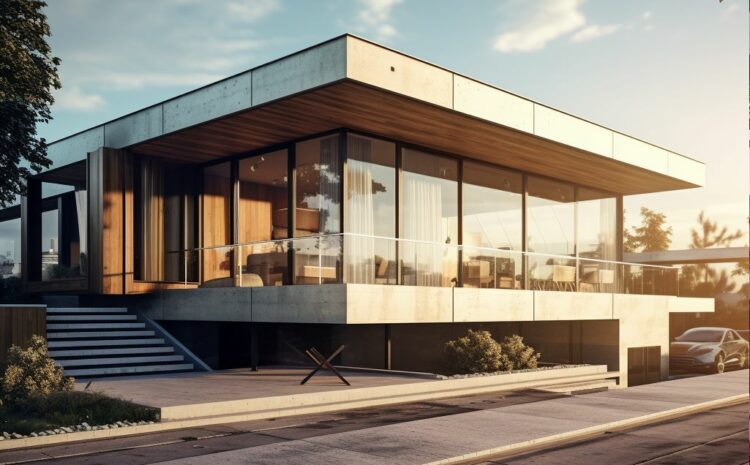
Crafting the Perfect Home: A Comprehensive Guide to Independent House Design and Elevation
Crafting the Perfect Home: A Comprehensive Guide to Independent House Design and Elevation
Table of Content
- Crafting the Perfect Home: A Comprehensive Guide to Independent House Design and Elevation
- Introduction
- Why Read This Article?
- Decoding House Design in India: From Vision to Blueprint
- Elevating Aesthetics: The Essence of Independent House Elevation Designs
- Blueprints of Functionality: Crafting the Perfect House Plan
- Front and Center: The Artistry of House Front Elevation Design
- Building with Purpose: Designing Homes for Every Floor and Purpose
- Modern Marvels: Contemporary Home Design in Indian Context
- Interior Harmony: Creating Spaces that Reflect Your Style
- Dream Home Realized: 3D Front Elevation Design
- Simplex Sophistication: Balancing Simplicity and Elegance
- Conclusion: Crafting Dreams into Reality
- Frequently Asked Questions: –
- Q: What are the key considerations for crafting a small house design?
- Q: Can you provide tips for creating a modern and spacious single floor house design?
- Q: What are the common elements to consider when designing a duplex house?
- Q: How to choose the right materials for the elevation of an independent floor house?
- Q: What are some key design elements for creating a perfect independent house front elevation?
- Q: Can you provide tips for building a house with a simple yet elegant design?
- Q: How can I ensure that my independent house’s design reflects my dream home vision?
- Q: What are some popular ground floor elevation designs for village homes?
- Q: How can I make the space of my independent floor house feel more inviting and spacious?
- Q: What are some important factors to consider when building a perfect independent house?
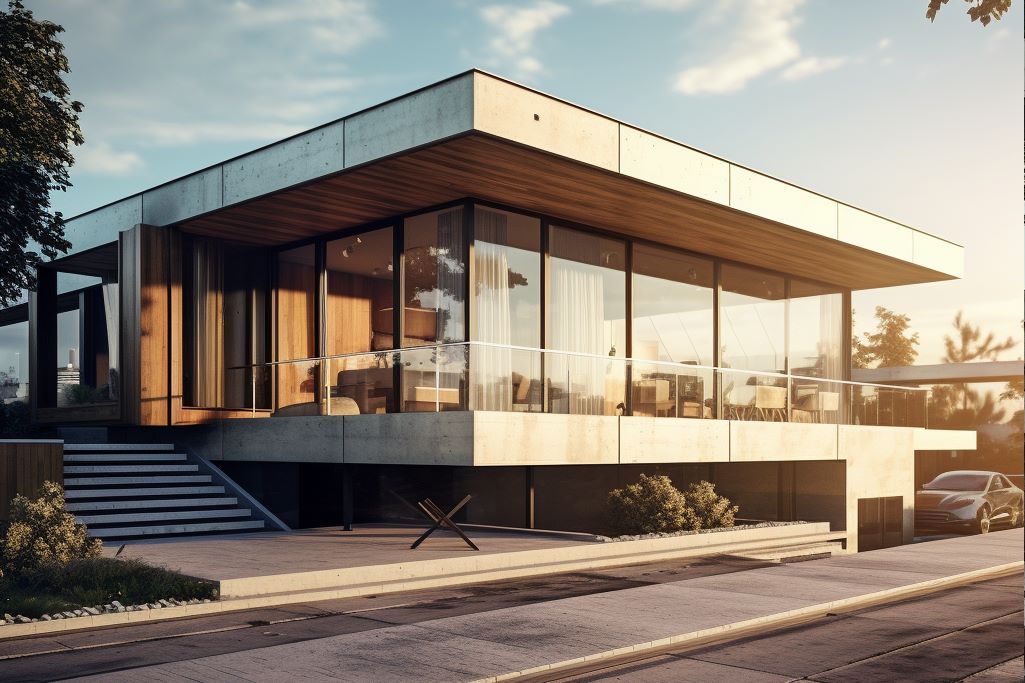
Introduction
Discover the art and science of crafting independent house that stand as architectural marvel. In this comprehensive guide, we delve into the intricacies of independent house design and elevation, exploring the nuances that transform a structure into a dream home. From floor plans to exterior aesthetics, every element is carefully considered to create spaces that are not just houses but reflections of individual lifestyles. Join us on this journey as we unravel the secrets of independent house design, elevation, and the harmonious fusion of functionality and aesthetics.
Why Read This Article?
Whether you are a homeowner embarking on the journey of designing your dream home or an architect seeking inspiration, this article serves as a valuable resource elucidating the nuances of independent house design, elevation, and floor planning. It encapsulates the essential aspects of creating a harmonious, functional, and aesthetically pleasing living space.
Decoding House Design in India: From Vision to Blueprint
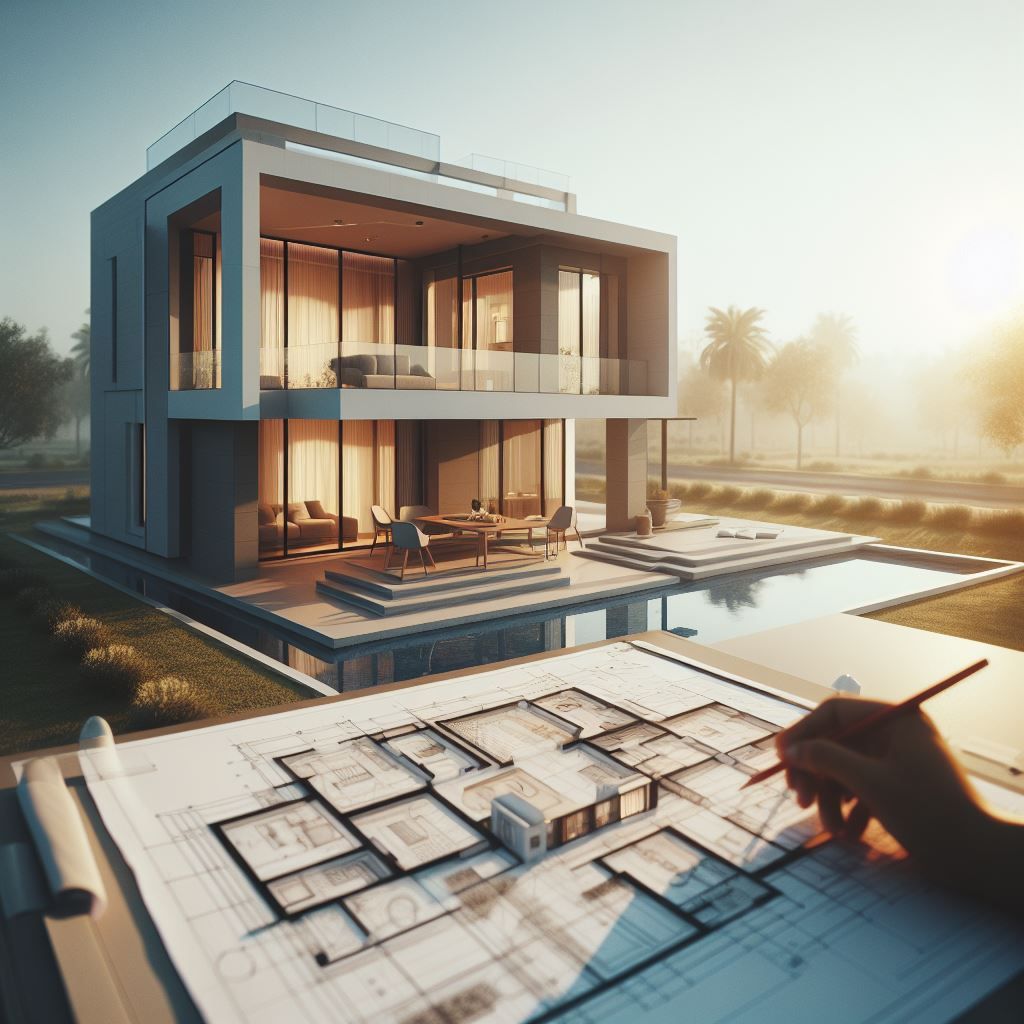
What defines an independent house design?
Independent house design entails crafting a residence that stands alone, embracing individuality and uniqueness in its architectural expression. It signifies the creation of a living space, whether it’s a triplex house or duplex house or a single floor house, that caters to specific needs of the Indian lifestyle and reflects the homeowner’s personality and preferences.
How does the design process evolve from conceptualization to a detailed floor plan?
The design process commences with conceptualization, where ideas are translated into preliminary sketches and evolves into a detailed floor plan encompassing spatial arrangement, room layouts, and circulation patterns, culminating in a comprehensive Good For Construction (GFC) drawings ready for construction.
Key elements to consider in creating designs for an independent house.
When crafting designs for an independent house, it is crucial to consider factors such as functionality, aesthetics, structural integrity, spatial efficiency, natural light integration, ventilation, and the seamless integration of interior and exterior design elements.
Elevating Aesthetics: The Essence of Independent House Elevation Designs
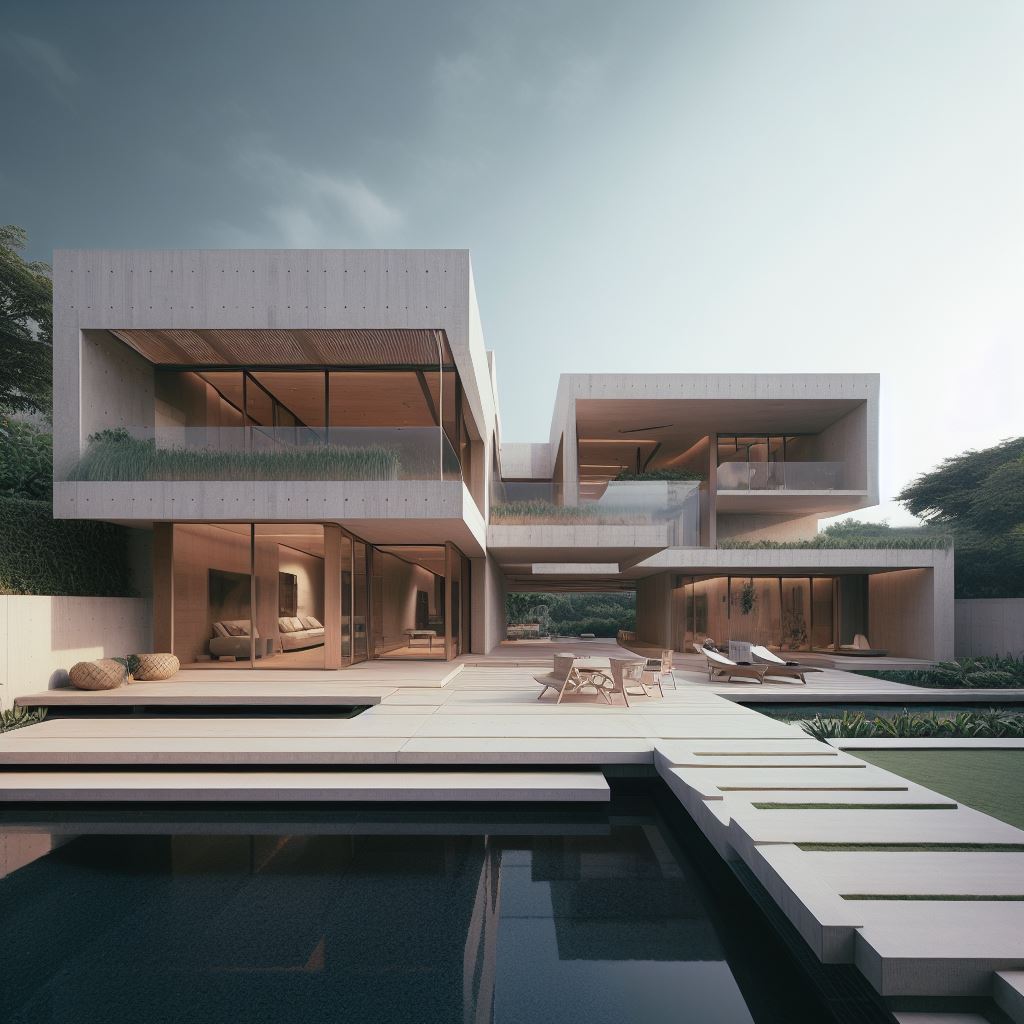
Why is house front design (front elevation) pivotal in making a lasting impression?
The house front design, also known as the front elevation, serves as the visual identity of the home, leaving a lasting impression on visitors and passersby. It is a crucial element that defines the overall character and charm of the residence.
Exploring various elevation styles and their impact on overall aesthetics.
Exploring various elevation styles encompasses traditional, modern, contemporary, and minimalist designs, each embodying distinct characteristics and influencing the overall aesthetics of the house in unique ways.
Integrating modern and traditional elements for a distinctive elevation.
Creating a distinctive elevation involves a harmonious fusion of modern design elements with traditional architectural features, striking a balance between innovation and time-honored aesthetics to create a visually captivating and unique front elevation.
Blueprints of Functionality: Crafting the Perfect House Plan
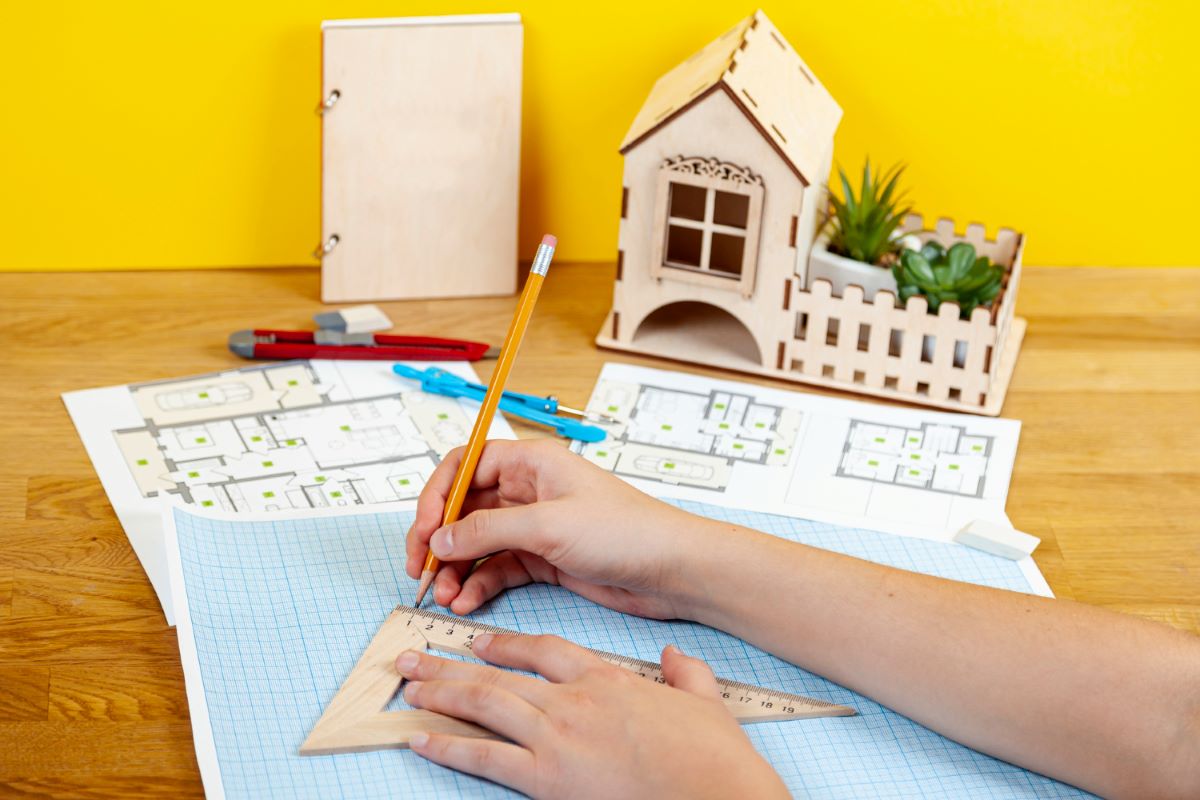
How does a well-thought-out house plan enhance daily living?
A well-thought-out house plan enhances daily living by optimizing space, creating functional zones, facilitating smooth traffic flow, and promoting a seamless transition between indoor and outdoor spaces, thereby enhancing the overall living experience.
Balancing functionality with aesthetic appeal in creating an efficient floor plan.
Creating an efficient floor plan involves a meticulous balance between functionality and aesthetic appeal, ensuring that the design not only meets practical needs but also exudes visual harmony, creating a space that is both practical and visually appealing.
Incorporating flexibility for future modifications.
An effective house plan incorporates flexibility, allowing for future modifications and renovations to accommodate evolving lifestyle needs, technological advancements, and changing family dynamics.
Front and Center: The Artistry of House Front Elevation Design
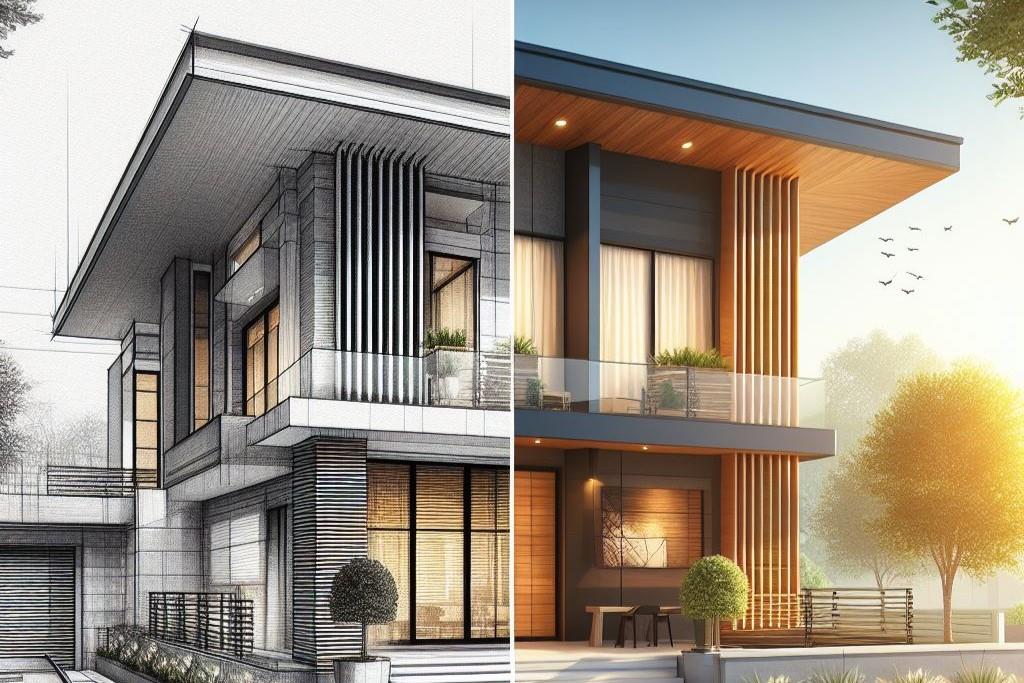
Significance of the house elevation design in defining the overall character.
The house elevation design plays a pivotal role in defining the overall character and charm of a residence, serving as a visual narrative that encapsulates the essence of the homeowner’s style and architectural preferences.
Innovative ideas for creating an inviting and visually appealing entrance.
Crafting an inviting and visually appealing entrance involves innovative ideas such as landscaping, use of materials, lighting, and spatial organization to create an entrance that welcomes and captivates visitors from the moment they arrive.
Harmonizing landscaping with the front elevation for a cohesive look.
Harmonizing landscaping with the front elevation creates a cohesive look, blurring the line between indoor and outdoor spaces, and establishing a seamless connection between the architectural design of the house and its natural surroundings.
Building with Purpose: Designing Homes for Every Floor and Purpose

Importance of individual floor design in enhancing overall house aesthetics.
The individual floor design plays a pivotal role in enhancing the overall aesthetics of the house, contributing to the visual appeal, functionality, and spatial flow of the residence, ensuring a cohesive and visually captivating living environment.
Tailoring each floor to serve a specific purpose while maintaining continuity.
Tailoring each floor to serve a specific purpose while maintaining continuity involves creating distinct zones for living, dining, recreation, and relaxation, ensuring that each floor caters to specific lifestyle needs while maintaining a seamless flow and visual connection throughout the house.
Balancing privacy and connectivity in multi-level house design.
Balancing privacy and connectivity in multi-level house design entails thoughtful spatial planning, strategic placement of private and shared spaces, and integrating architectural elements that foster a sense of privacy without compromising the overall connectivity and openness of the residence.
Addressing the challenges and opportunities in designing multi-functional spaces.
Designing multi-functional spaces involves addressing the challenges and opportunities associated with optimizing space, circulation, and functionality, creating versatile areas that effortlessly adapt to varying needs and activities, imparting flexibility and versatility to the house design.
Modern Marvels: Contemporary Home Design in Indian Context

Characteristics of modern house design in the Indian architectural landscape.
The characteristics of modern house design in the Indian context encompass clean lines, open floor plans, integration of natural elements, sustainability, and a seamless indoor-outdoor connection, creating a design language that is both contemporary and contextually relevant.
Incorporating cutting-edge design elements while respecting cultural nuances.
Incorporating cutting-edge design elements while respecting cultural nuances involves striking a delicate balance between innovation and tradition, infusing modern design with elements that pay homage to the rich cultural heritage and architectural legacy of India.
Case studies showcasing successful integration of modern design in Indian homes.
Exploring case studies that showcase successful integration of modern design in Indian homes offers insights into the practical application of modern design principles within the Indian architectural context, imparting valuable lessons for homeowners and architects alike.
Interior Harmony: Creating Spaces that Reflect Your Style
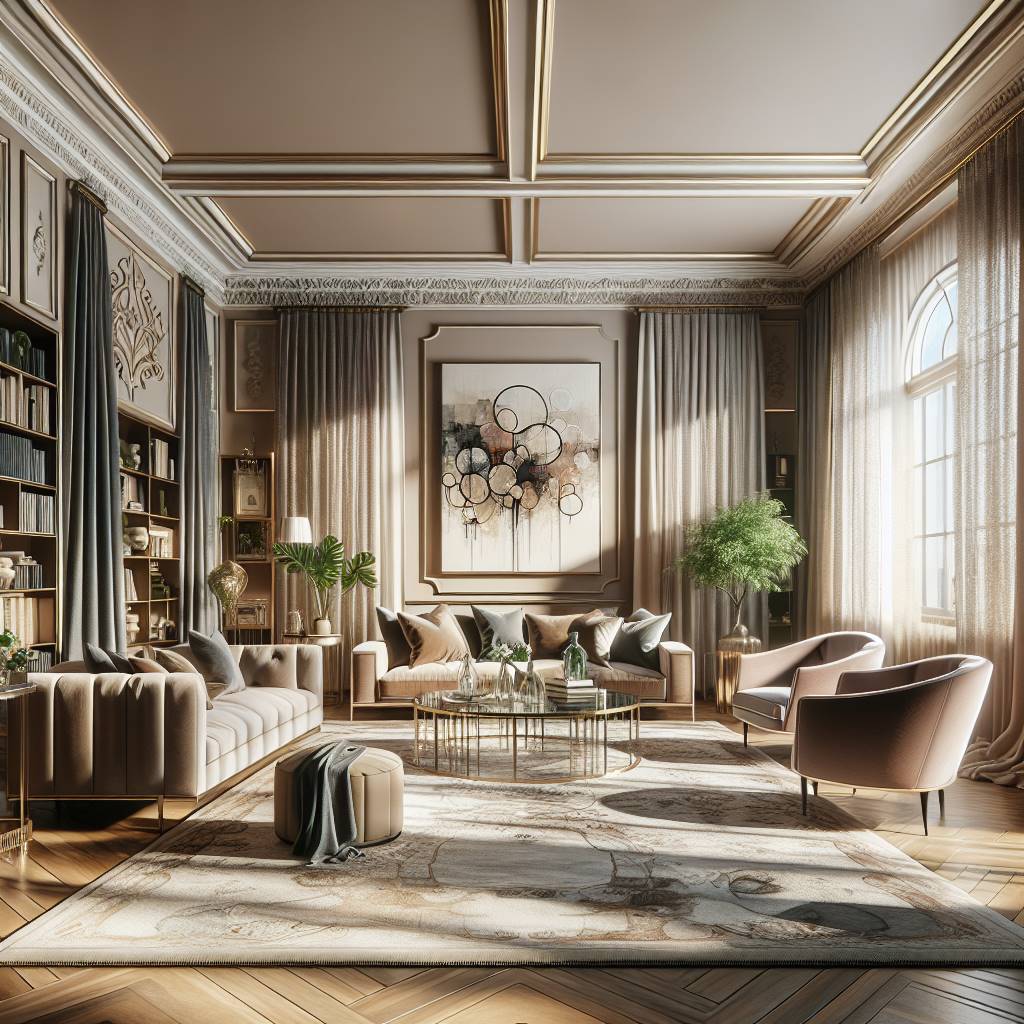
The role of interior design in complementing the overall house design.
Interior design plays a pivotal role in complementing the overall house design by curating spaces that reflect the homeowner’s style, preferences, and functional needs, creating an environment that is cohesive, visually appealing, and tailored to meet specific lifestyle requirements.
Incorporating natural light, ventilation, and spaciousness for interior harmony.
Incorporating natural light, ventilation, and spaciousness for interior harmony fosters a sense of well-being, openness, and connectivity with the surroundings, creating an inviting living environment that promotes comfort, tranquility, and a seamless indoor-outdoor experience.
Striking a balance between functionality and aesthetic appeal.
Striking a balance between functionality and aesthetic appeal in interior design aims to create spaces that are not only visually stunning but also efficient, practical, and tailored to meet the specific functional needs and preferences of the homeowners.
Dream Home Realized: 3D Front Elevation Design
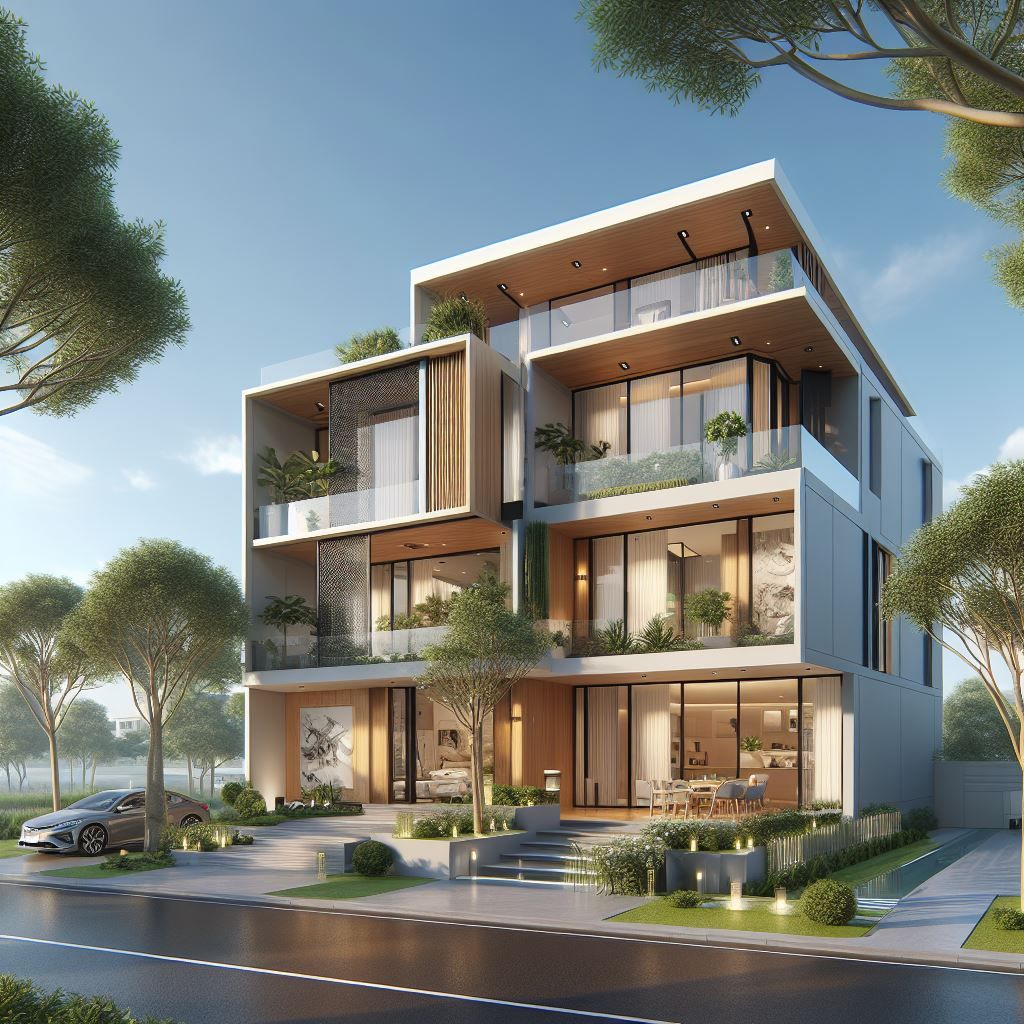
The transformative power of 3D front elevation design in visualization.
3D front elevation design offers a transformative power in visualization, allowing homeowners and architects to immerse themselves in a realistic portrayal of the dream home, enabling them to visualize and refine design elements, materials, and spatial arrangements with precision and clarity. At DesignBuild.Villas, we offer complimentary 3D front elevation and a full house walkthrough to all of our clients with each project.
How 3D design aids in communicating ideas between homeowners and architects.
3D design aids in communicating ideas between homeowners and architects by bridging the gap between conceptualization and realization, enabling clear and effective communication, visualizing design concepts, and facilitating informed decision-making throughout the design process.
Leveraging technology for a realistic portrayal of the dream home.
Leveraging technology for a realistic portrayal of the dream home empowers homeowners and architects to explore design possibilities, experiment with materials, colors, and architectural elements, and gain a comprehensive understanding of the spatial organization and visual impact of the proposed design.
Simplex Sophistication: Balancing Simplicity and Elegance
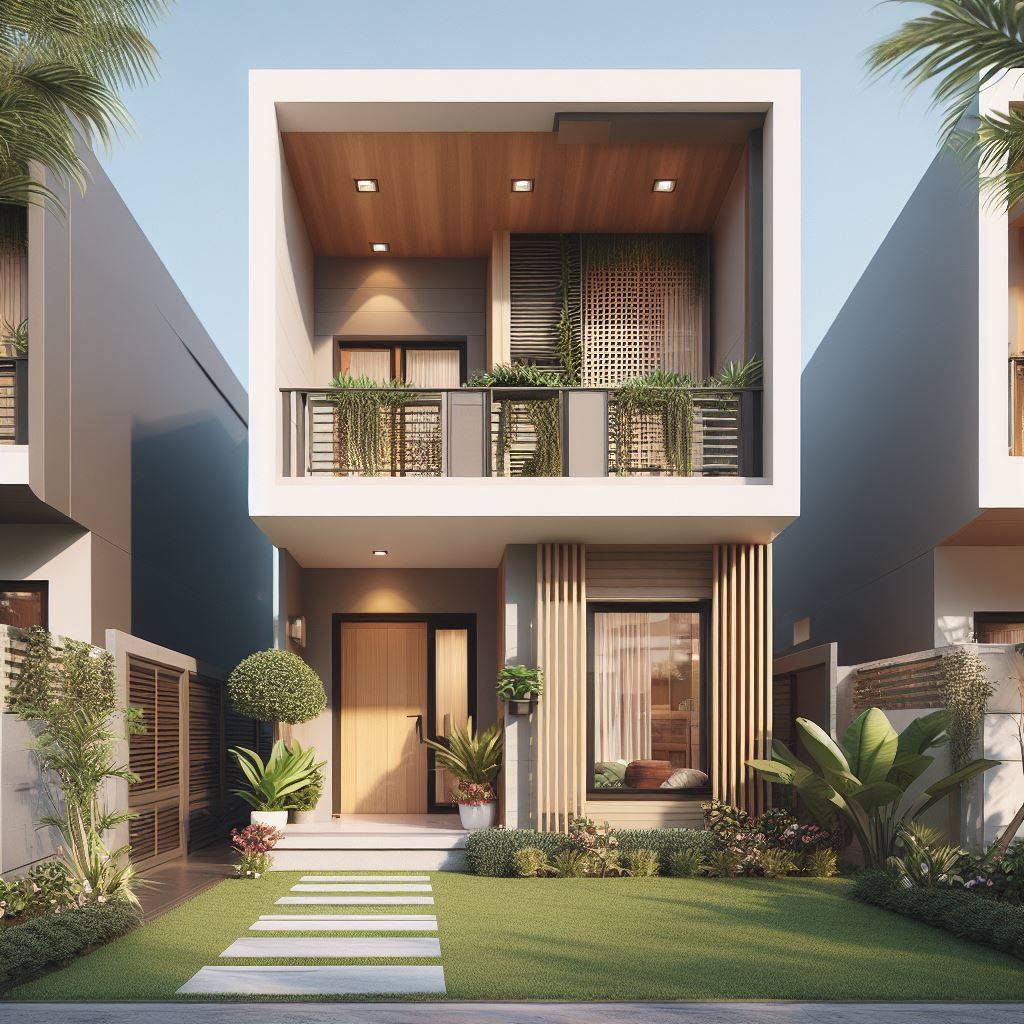
The beauty of simplicity in independent house design.
The beauty of simplicity in independent house design lies in its ability to create an uncluttered, harmonious, and timeless living environment, fostering a sense of tranquility, understated elegance, and functional efficiency without overwhelming the design with superfluous elements.
Incorporating sophisticated elements without overwhelming the design.
Incorporating sophisticated elements without overwhelming the design involves a nuanced approach of integrating refined, tasteful design elements that elevate the aesthetic appeal and functionality of the house while maintaining a sense of simplicity, unpretentious elegance, and visual coherence.
Achieving a timeless and elegant look with a simplex house design.
Achieving a timeless and elegant look with a simplex house design embraces clean lines, understated sophistication, and functional elegance, creating a living space that exudes timeless charm, visual appeal, and a seamless blend of simplicity and refinement.
Conclusion: Crafting Dreams into Reality
In conclusion, the journey of crafting an independent house involves a delicate dance between vision and blueprint, aesthetics and functionality. As we navigate through the intricacies of house design and elevation, it becomes evident that each element contributes to the creation of a living space that transcends the ordinary.
The house’s front elevation, often the first visual encounter, serves as a visual overture to the architectural symphony within. It’s more than an external façade; it’s a statement—a reflection of the occupants’ style, personality, and aspirations. By blending modern elements with traditional nuances, architects can lend a modern look to the house’s front elevation, creating a timeless visual appeal that stands the test of changing trends.
Achieving the perfect design involves a meticulous consideration of every detail, from the floor plan to the exterior aesthetics. The balance between simplicity and sophistication, showcased in the image of the finished home, is a testament to the architect’s ability to harmonize diverse elements. The ground floor house plan, designed as per the occupants’ lifestyle, sets the tone for the entire architectural narrative, offering a glimpse into the unique charm that awaits within.
For those seeking designs for independent living, the process goes beyond just building a home; it’s about creating a space that resonates with the occupants’ dreams. Every decision, from the layout of each floor to the choice of materials, contributes to the realization of a dream home according to the individual’s vision.
The journey doesn’t end with the construction phase; it culminates in the creation of a finished home—a space that goes beyond bricks and mortar. It’s a place where memories are made, and the design elements seamlessly integrate into the daily lives of the occupants. The architect’s ability to make a space truly functional and aesthetically pleasing transforms a house into a home—a sanctuary that encapsulates the essence of the occupants’ lifestyle.
As we celebrate the culmination of this journey, we invite you to envision not just a house but a home—a haven designed with care, showcased in the image of your dreams, and crafted to stand as a testament to the perfect blend of form and function.
Frequently Asked Questions: –
Q: What are the key considerations for crafting a small house design?
A: When crafting a small Indian house design, it’s important to focus on maximizing space utilization, incorporating functional furniture and storage solutions, and utilizing natural light to create a spacious and airy feel.
Q: Can you provide tips for creating a modern and spacious single floor house design?
A: To create a modern and spacious single floor house design, keep things simple by creating an open floor plan, use minimalistic furniture, large windows, and incorporating natural elements like stone and wood to lend a modern and organic feel.
Q: What are the common elements to consider when designing a duplex house?
A: When designing a duplex house, it’s important to consider separate entrances, maximizing privacy for each unit, and ensuring that the overall design complements the aesthetics of both sides of the house.
Q: How to choose the right materials for the elevation of an independent floor house?
A: When choosing materials for the elevation of an independent floor house design, consider using durable and low-maintenance materials like stone, wood, tiles or a combination of both to create a visually appealing and long-lasting finish.
Q: What are some key design elements for creating a perfect independent house front elevation?
A: Key design elements for creating a perfect independent house front elevation include attention to symmetry, incorporating attractive entryways, adding greenery or landscaping features, and ensuring that the design aligns with the overall aesthetic of the house.
Q: Can you provide tips for building a house with a simple yet elegant design?
A: To build a house with a simple yet elegant design, focus on clean lines, minimalistic details, choosing a neutral color palette, and incorporating elements of symmetry and balance throughout the design.
Q: How can I ensure that my independent house’s design reflects my dream home vision?
A: You can ensure that your independent house’s design reflects your dream home vision by working closely with an experienced architect, clearly communicating your preferences, and drawing inspiration from various design elements showcased in images or architectural references.
Q: What are some popular ground floor elevation designs for village homes?
A: Popular ground floor elevation designs for village homes often include traditional architectural elements, such as sloping roofs, verandas, or courtyards, as well as incorporating natural and organic materials like mud bricks, thatch, or exposed timber.
Q: How can I make the space of my independent floor house feel more inviting and spacious?
A: To make the space of your independent floor house feel more inviting and spacious, consider using light and neutral color schemes, incorporating large windows for natural light, using multifunctional furniture, and adding mirrors to create an illusion of larger space.
Q: What are some important factors to consider when building a perfect independent house?
A: When building a perfect independent house, it’s crucial to consider the layout, functionality, structural integrity, and ensuring that the design is tailored to your specific needs and preferences, while also adhering to local building regulations and codes.
Transform Your Dream House with the Best Architect
Transform Your Dream House with the Best Architect Company in
Read MoreUnveiling Modern Luxury House Construction Design in Lutyens
Unveiling Modern Luxury House Construction Design in Lutyens Bungalow ZoneIn
Read MoreYour Ultimate Dream Luxury House Construction in Lutyens
Your Ultimate Dream Luxury House Construction in Lutyens Bungalow ZoneImagine
Read More